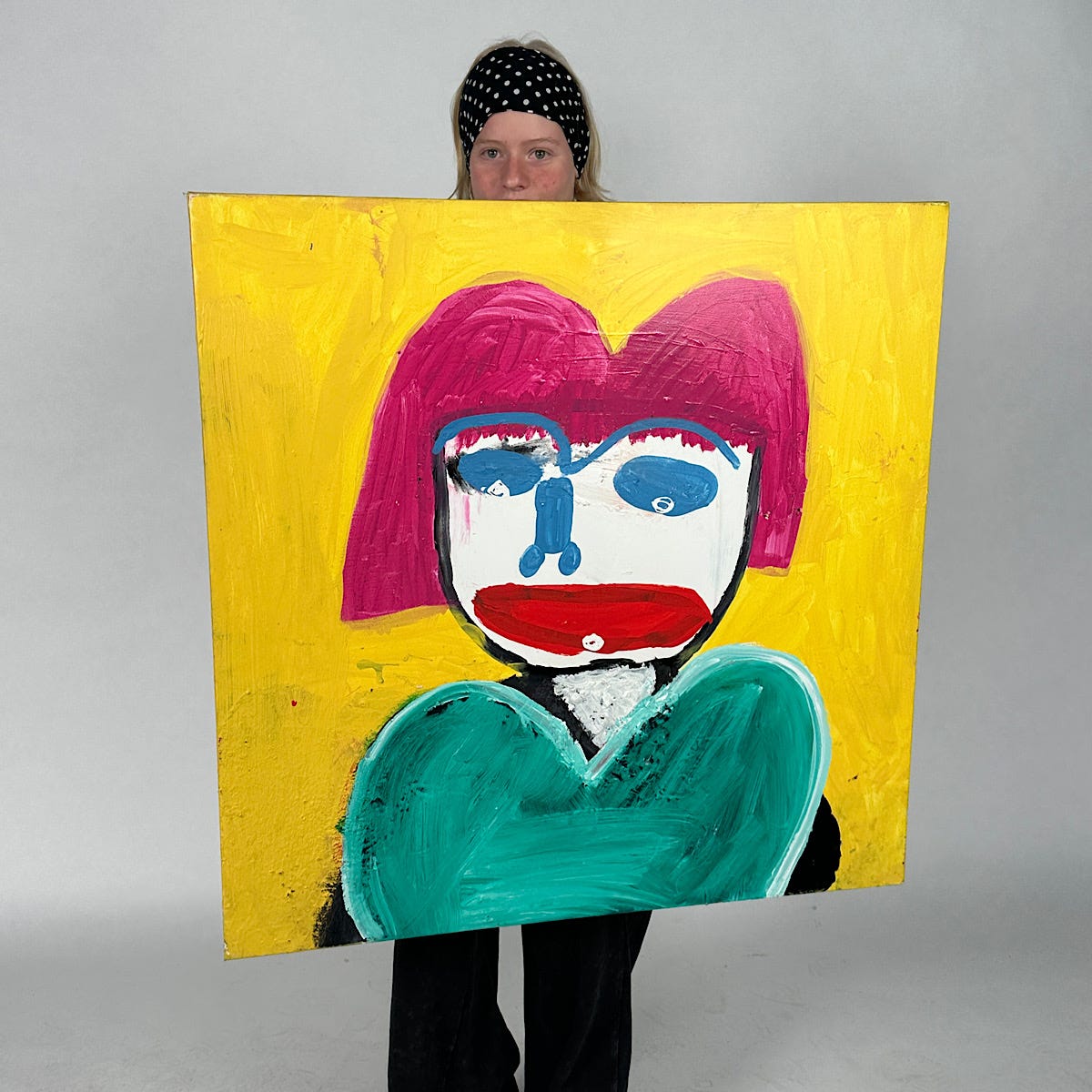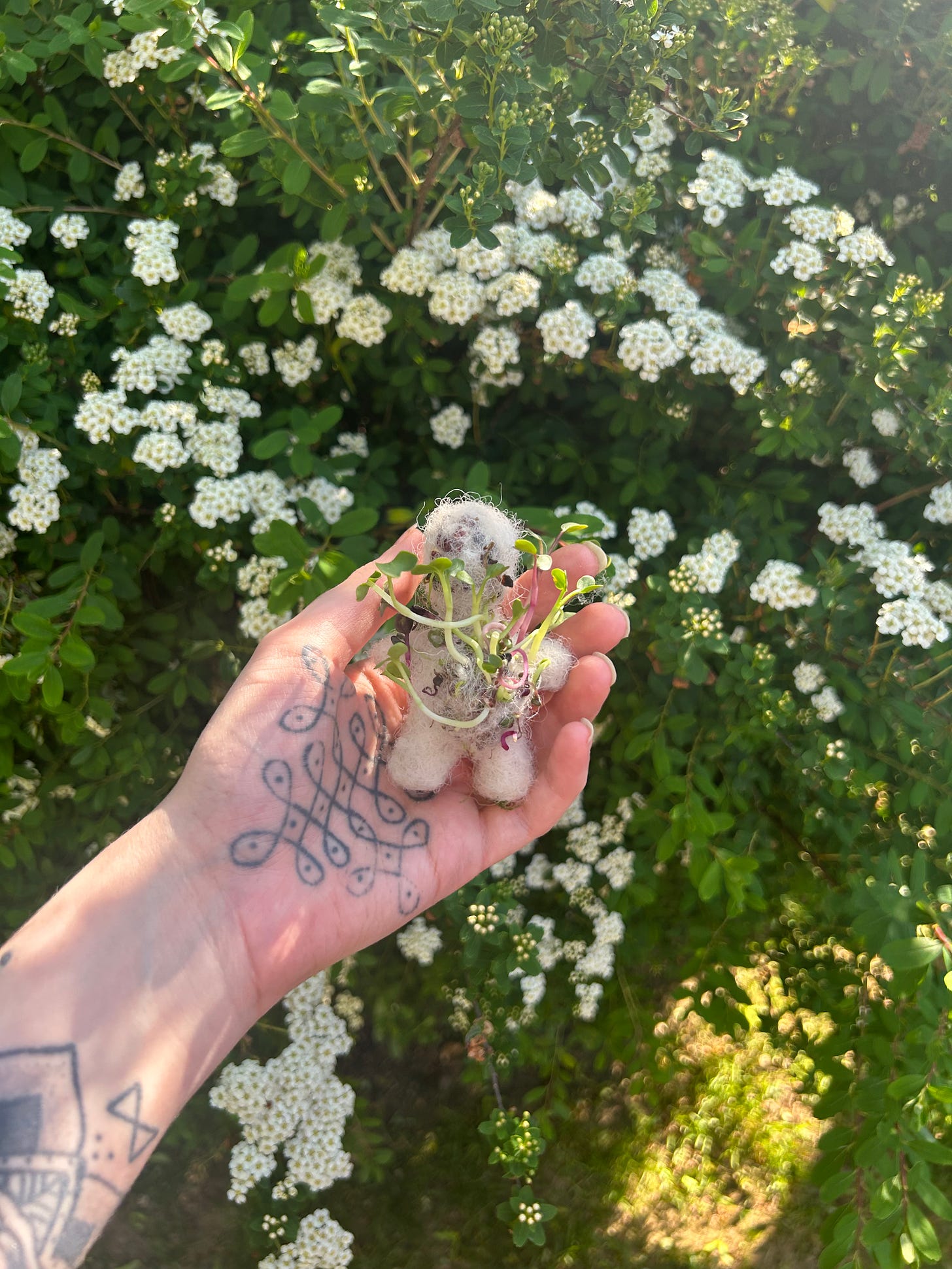Art & Disability: Living as a Disabled Artist
A talk with Clara Woods, Beth Williams, and KYRIANNA on the challenges and the support they encountered.
The art industry is one of strong contradictions: elitist yet public, welcoming yet exclusive. It can be very rigid in its structures, which makes one wonder: What about those whose lives don’t fit neatly within the boundaries?
What if you struggle to stand for hours? What if you don’t have the time to spend days on end preparing a professional digital presentation of yourself? What if you don’t have the energy to attend art fairs and gallery openings?
How accessible is it, really?
Art has always been a powerful way for creatives to express themselves and share their inner worlds. For disabled artists, it’s often even more than that: it becomes a way to break down old stereotypes, question assumptions, and make a mark in a professional space that hasn't always made room for everyone.
As Kevin Kling puts it in the documentary Art + Medicine: Disability, Culture and Creativity, “We often use art as a language, or a conduit to our deeper selves. But art also provides a landscape where we can investigate and challenge personal and societal beliefs.”
That idea comes to life in the work of three artists I spoke to in trying to get a better understanding of the topic. Through their art as well as beyond it, Clara Woods, Beth Williams, and KYRIANNA are open about the realities of living as a disabled artist and speak up for a more inclusive industry. Their experiences offer an invitation to see the world through a different lens; to pause and reflect.

The Daily Realities
Beth, Clara, and KYRIANNA speak candidly about the ongoing physical and emotional toll of working in the arts while managing chronic illness and disabilities.
“I massively struggle with fatigue,” says Beth, “and need to be really flexible with when and how I work.” In their experience, traditional academic environments—with long studio hours and tight deadlines—were not built with disabled artists in mind. Managing workload and selecting which opportunities to pursue requires careful thought. “Pushing myself when I need to recover just makes things worse,” they add.
“Then there are smaller things that just add up slowly, like non-accessible venues or events like private views. Whether it’s because of sensory difficulties or nowhere to sit when I need to. I’m fortunate that it’s much easier to manage these smaller things, but they’re still barriers I wish didn’t exist.”
Beth
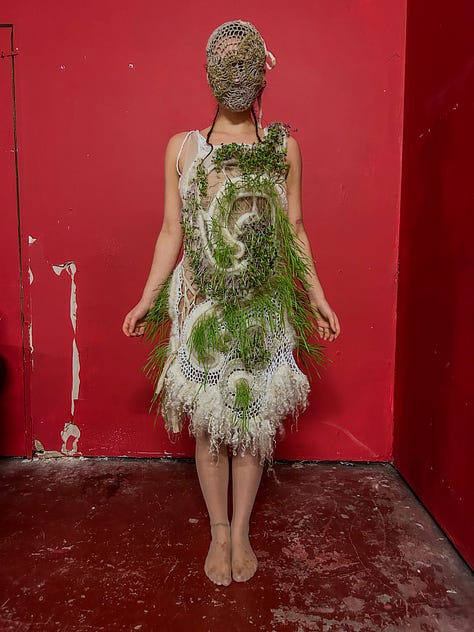
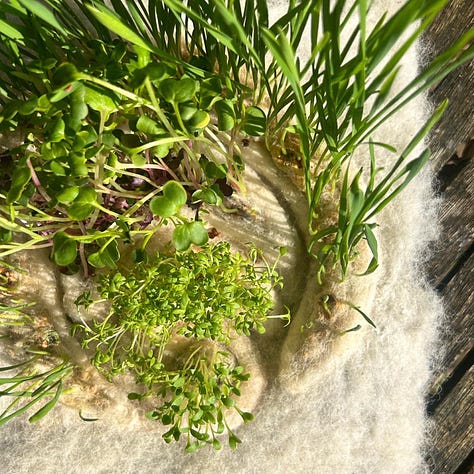

Similarly, KYRIANNA shares: “The hardest thing for me as a disabled artist is being able to keep up with the work I’m doing. I have so many days where I struggle to get out of bed or end up in too much pain to keep working. I have so many ideas and projects I would like to actualize, and my physical limitations are a very real part of my timeline.” For both artists, the body often sets the pace, whether or not the industry is ready to accommodate it.
Clara and her mother, Betina Genovesi, did not hesitate to point out the challenge of being perceived – and consequently treated – a certain way. Clara’s disability, caused by a prenatal stroke, shapes how she moves through the world and how others first come to know her.
“Disability is a part of Clara’s story,” Betina explains, “but it does not have a say in her artistic worth. We are not using her disability to sell, but we are sometimes accused of doing so.”
For disabled artists, building a support system is not just helpful, but crucial. As Betina puts it: “many artists have not had what Clara has, including my management and the structure we have created. So these talented artists are only seen as their disability, and are not properly valued for their work.”
Community as a Lifeline
Despite everything, the artists kept coming back to one thing: the comfort and connection they’ve found through art, and the communities that have come with it.
Clara, for example, has found a supportive community on social media and has now started The Inclusion Matters Podcast with Adin Boyer to open further discussion on disability and stereotypes. Clara is the podcast’s first non-verbal host.
“The podcast is not only linked to disability, but open to anyone who wants to tell their story. We hope to increase understanding and acceptance. You see, it’s all about resilience, love, and dreams: that’s the message we want our listeners to hear.”
For KYRIANNA, the community, art, and healing are intertwined through collaboration. She spoke about how she discovered her artistic calling through her experience with chronic pain: “I began making art because I wanted to have an outlet for my chronic pain. I felt like having a visual of my symptoms would be important and cathartic for me, and that’s driven my artistic expression for the entirety of my career”. Now, by collaborating with others who live with chronic pain and illness, she has transformed her practice into one of shared catharsis and healing, bringing her a sense of fulfillment.
Still, community also plays a role beyond comfort. Beth, for example, states how it is central to their character: “especially during COVID, I wasn’t going out much. I kind of relied on a lot of online interaction.” That isolation, they explain, is one of the things that drove them to make art that invites conversation. “I was trying to find my own community,” they say.
“I don't just want my work to be on a pedestal. I want it to be approachable. I want people to ask me questions,” Beth explains, “I want to teach people how to do what I do because that interaction is so much more valuable than any kind of monetary thing. As a consequence, I need to create an environment where people feel like they can come and talk to me and get involved with what I'm doing”.
Beth
Their goal is to create spaces of interaction, not isolation. “It’s a kind, compassionate practice.”

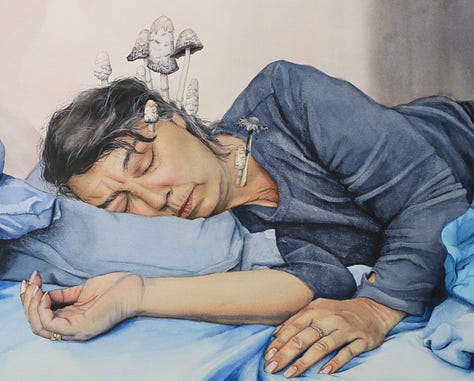
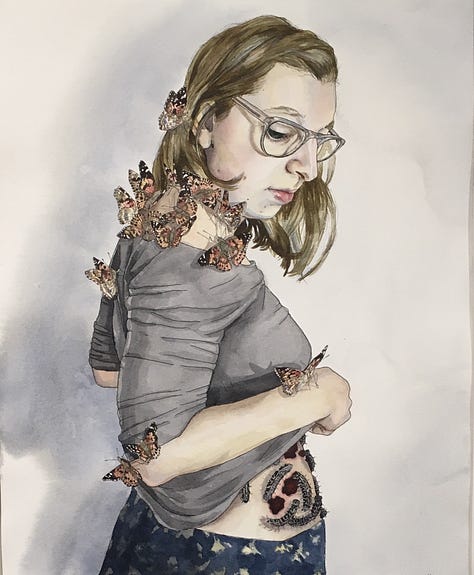
Advice to Aspiring Disabled Artists
When asked what advice they would give to other disabled artists, Beth is clear: “Don't be afraid to be loud about your needs. Don't be afraid of holding people accountable for blocking your path to doing what you love. And don't be afraid to ask for help when you need it. There are people out there who will help you. You just kind of have to keep looking and don't give up.”
Clara and Betina add to this, saying that there’s two main points to keep in mind. The first is to accept yourself, and the second is not to listen to critiques: “It is not possible to be liked by everyone, and it is normal to fail sometimes. It’s a learning process! You need to keep trying and accept yourself the way you are.”
“Be loud. Don't let anyone take away your space.”
Beth





